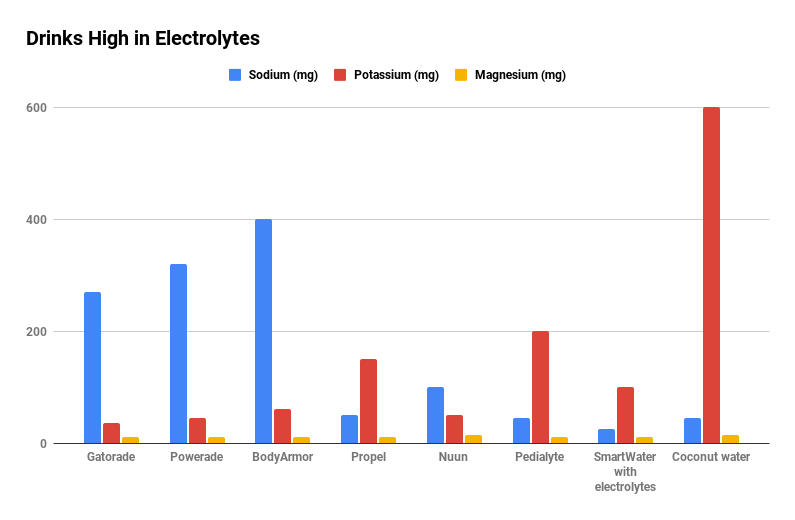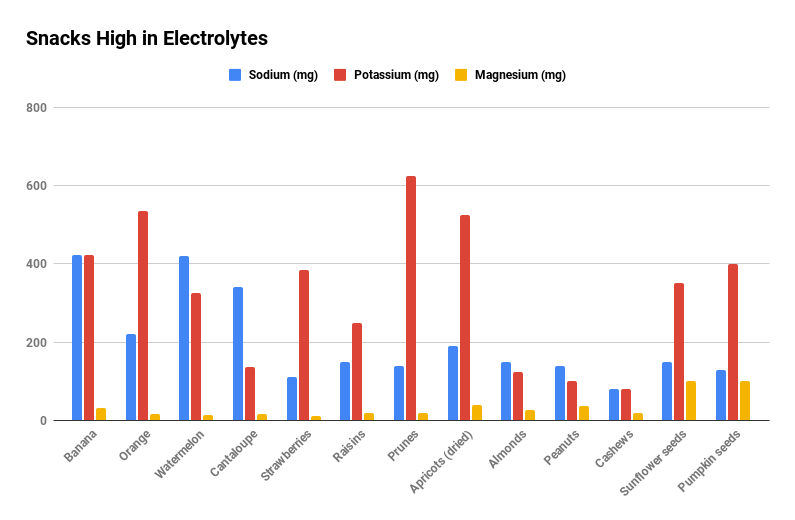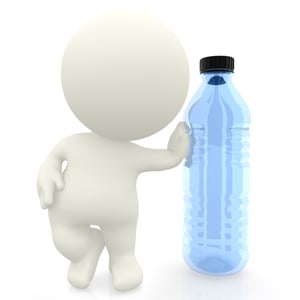Our body works hard to keep itself at about 98.6 F. When exposed to heat for long periods, it will start experiencing complications. One way to prevent those problems is to stay hydrated.

We aren't the only things that can overheat in the summer! Here are some Shop Talk blog posts about overheating equipment:
- What Causes Hydraulic Fluid to Overheat
- How to Troubleshoot and Overheating Gearbox on a Final Drive
- 7 Quick Tips for Skid Steer Maintenance in Extreme Weather
Hydration is an essential part of staying healthy in the heat. As you sweat, your body is drained of water and chemicals that it needs to keep you healthy. If you become dehydrated, you become susceptible to most heat-related illnesses discussed in Part 1 of this series.
If you’ll be in the heat for several hours, drink water and sports drinks with electrolytes throughout the day. This will help keep you hydrated and supply you with minerals and salts needed to keep the chemicals in your body balanced, which we'll talk more about in a minute.

Hydration and Electrolytes
Carrying a bottle of water with you all day is a great start. Sipping on it throughout the day will definitely help, but you need to drink about 8 ounces every 15 to 20 minutes, which is about ¾ to 1 quart of water an hour. For those who find plain water boring (like me!), try infusing it with slices of fruit you like (e.g., cucumber, watermelon, grapefruit, lemon). Coconut water is also a great option for hydration.
Be mindful of electrolytes, also. When we sweat excessively we also end up losing electrolytes like sodium, potassium, and magnesium. Sodium helps us to retain water in our bodies -- just keep in mind that too much sodium can be harmful. Potassium is critical for regulating our blood pressure and muscle function, and a lack of it can lead to painful muscle cramps. Magnesium is good for overall health, but we don't need as much of it as we do potassium.
Replenishing Electrolytes
Electroytes need to be replenished, and there are several ways to do this. The easiest is drinking sports drinks, electrolyte-enhanced water, or oral rehydration solutions like Pedialyte. When it comes to drinks, the main things to watch out for are excessive sugar, caffeine, and any alcohol. In fact, alcohol and caffeine can actually flush more water out of your system.
Let's compare some popular electrolyte drinks:

You can also add electrolyte-rich foods to your diet. Here are some examples of fruits, vegetables, nuts, and seeds that make good snacks:
- Bananas, oranges, watermelon, cantaloupe, strawberries, raisins, prunes, apricots
- Broccoli, tomatoes, carrots, celery
- Almonds, peanuts, cashews, sunflower seeds, pumpkin seeds
- Milk, yogurt, cheese
Let’s do a quick comparison of the electrolyte content for some natural snacks:

Staying Hydrated During the Day
So how do you make sure you’re drinking enough water? First, always keep a water bottle close, preferably a large one. I have a good friend -- Jim (not Jim Strong) --who is a plumber’s apprentice and spends his days working in the Texas heat. He got a massive, easy-to-clean 1-gallon water bottle that he refills throughout the day. Not only is this convenient, but it helps him to keep track of how much water he’s drinking.

Sipping on water and/or sports drinks throughout the day will definitely help, but you need to drink about 8 ounces every 15 to 20 minutes, which is about ¾ to 1 quart of water an hour. For those who find plain water boring (like me!), try infusing it with slices of fruit you like (e.g., cucumber, watermelon, grapefruit, lemon). Coconut water is also a great option for hydration. And once you’ve got your water on hand, you might want to set reminders on your phone to remind you when to take a drink. And always drink when you feel thirsty!
Conclusion
Let’s face it: when working toward a deadline or doing a job requiring a great deal of focus, it can be hard to remember to drink for your health. We should take good care of ourselves like we do our equipment, especially in the heat.


